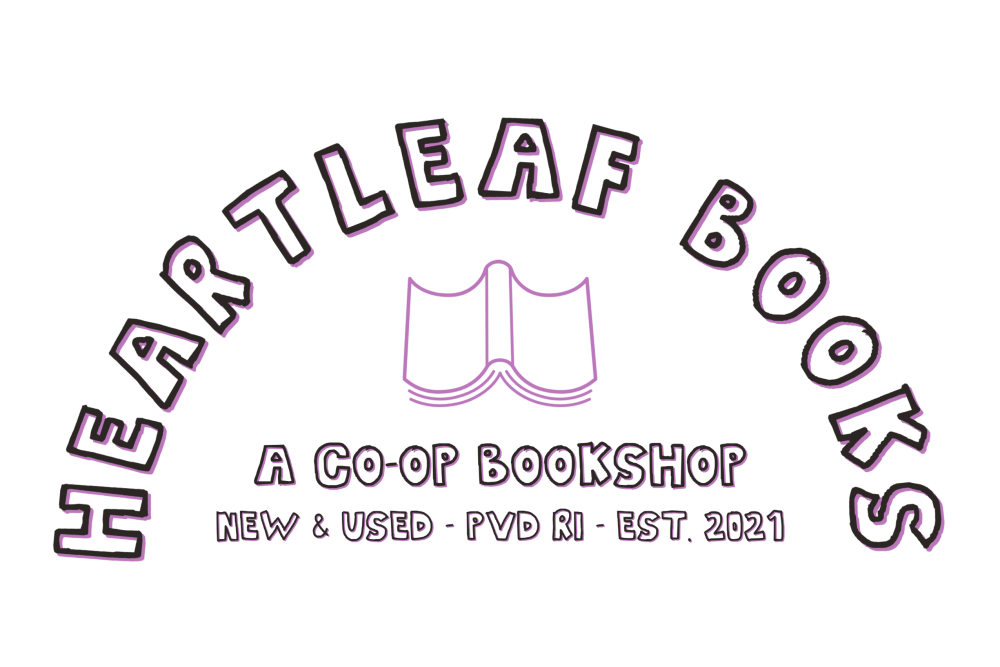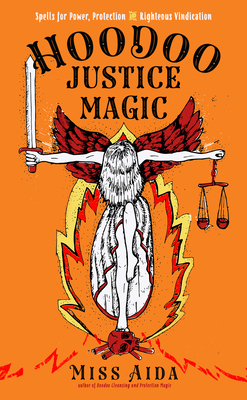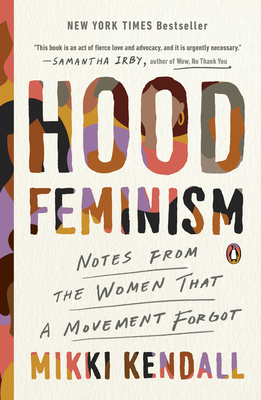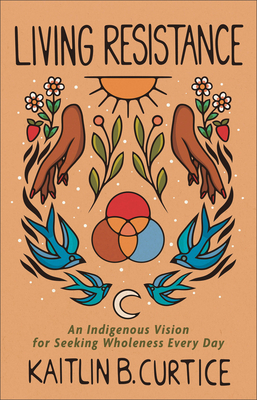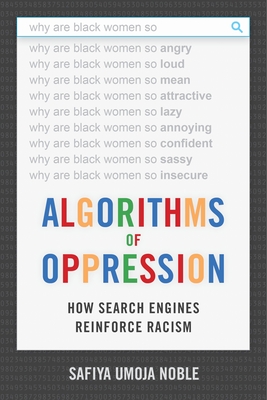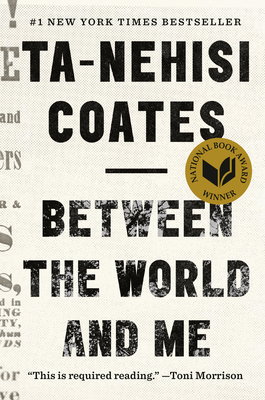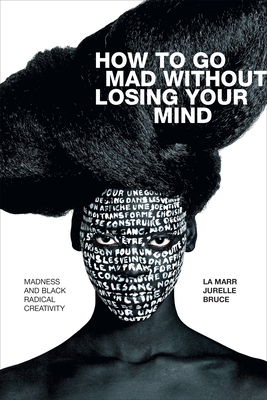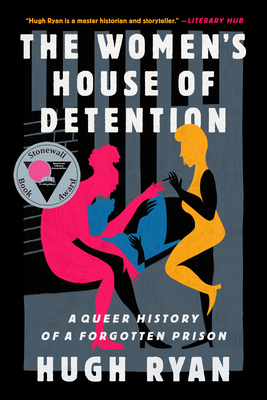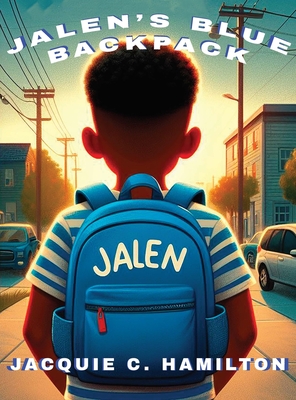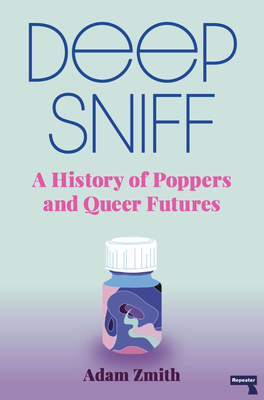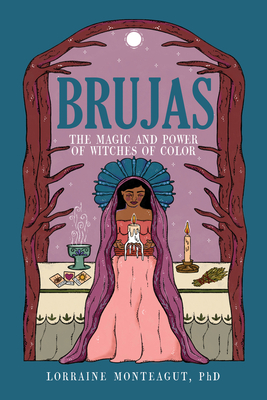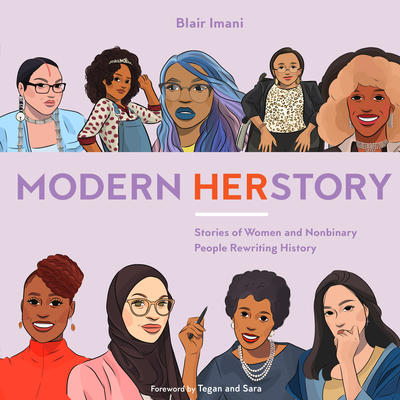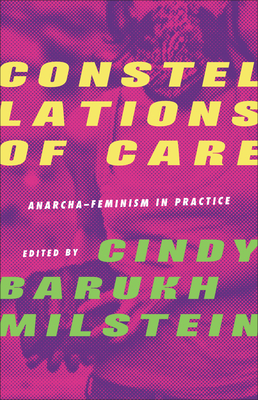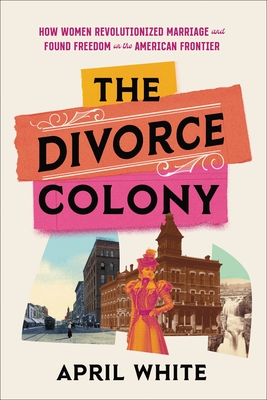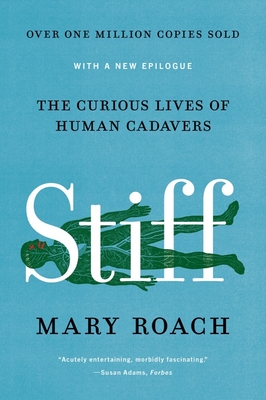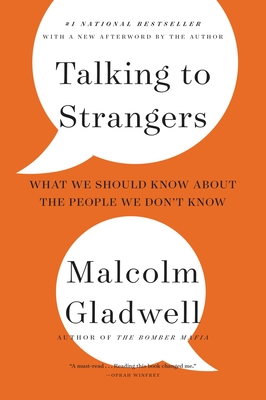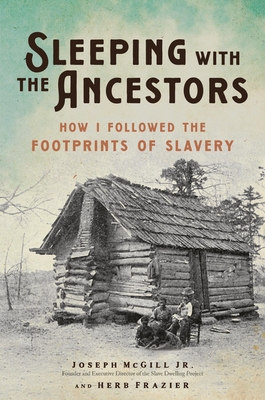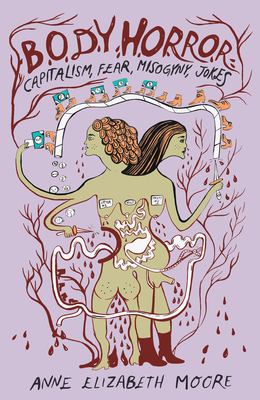
Righteous Dopefiend (California Series in Public Anthropology #21)
Description
This powerful work of gonzo journalism, predating the widespread acknowledgement of the opioid epidemic as such, immerses the reader in the world of homelessness and drug and alcohol abuse in the contemporary United States. For over a decade Philippe Bourgois and Jeff Schonberg followed a social network of two dozen heroin injectors and crack smokers in the San Francisco drug scene, accompanying them as they scrambled to generate income through burglary, larceny, panhandling, recycling, and day labor. Righteous Dopefiend interweaves stunning black-and-white photography with vivid dialogue, oral biography, detailed field notes, and critical theoretical analysis to viscerally illustrate the life of a drug addict. Its gripping narrative develops a cast of characters around the themes of violence, racism and race relations, sexuality, trauma, embodied suffering, social inequality, and power relations. The result is a dispassionate chronicle of fixes and overdoses; of survival, loss, caring, and hope rooted in the drug abusers’ determination to hang on for one more day, through a "moral economy of sharing" that precariously balances mutual solidarity and interpersonal betrayal.
Praise for Righteous Dopefiend (California Series in Public Anthropology #21)
“Bourgois and Schonberg’s exceptional ethnography produces a deep sense of how life is lived in these terrible and precarious circumstances. But the book is much more than written description, with its sophisticated used of photography and the theoretical perspective that forms a backdrop for the ethnography.”
— American Journal of Sociology
“A deeply nuanced picture of a population that cannot escape social reprobation, but deserves social inclusion. . . . The collage of case studies, field notes, personal narratives and photography is nothing short of enthralling.” - Starred Review
— Publishers Weekly
“Leaders and readers alike should pay attention to - and heed its warnings and advice. . . . Unflinching and objective. . . . Must be read - and seen.”
— San Francisco Chronicle
“The authors dare you to ignore the subculture in their field notes and arresting black-and-white images, urging that our failed social systems need repairing and we cannot continue to let these outliers remain invisible.”
— Utne Reader
“Powerfully candid.”
— Zocalo Public Square
“One of the most original and important works of its kind. . . . A pathbreaking photo-ethnography, powerful in presentation, content and scope. . . . A must-read, [it] will rock the world of the sheltered middle class and shed new light on the pervasive structural inequalities plaguing contemporary society.”
— Philadelphia Inquirer
“Get this book and read it. If you're interested in homelessness, addiction, or in the public health issues surrounding IV drug use, this is an excellent source of information. The authors treat their subject brilliantly and with great compassion. . . . These people walk by you every day and should not remain invisible.”
— San Francisco Bay Guardian
“Truly remarkable.”
— Arena Magazine
“Recommended.”
— Choice
“With a combination of photographs, dialogue, field notes and critical theory, the book provides a detailed analysis of the social structure of an underground society in contemporary America.”
— Roof Magazine
